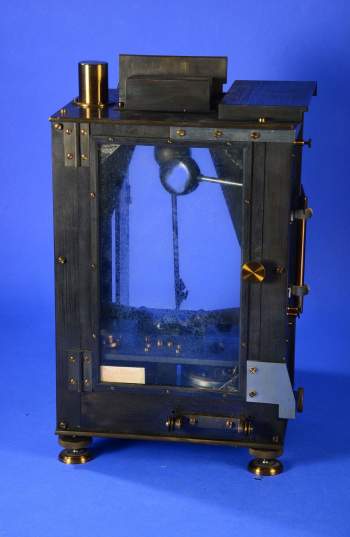









Further Exploration
- Chronology of the Smithsonian Conservation Biology Institute
- Bibliography of the Smithsonian Conservation Biology Institute
- Images of the Conservation Biology Institute
Related Collections
- Conservation Biology Institute Records from the Smithsonian Institution Archives
- Historic Picture Highlights of the National Zoological Park
- Additional Records and Collections of the Smithsonian Conservation Biology Institute Across the Smithsonian
Other Resources
Nid: 6346

